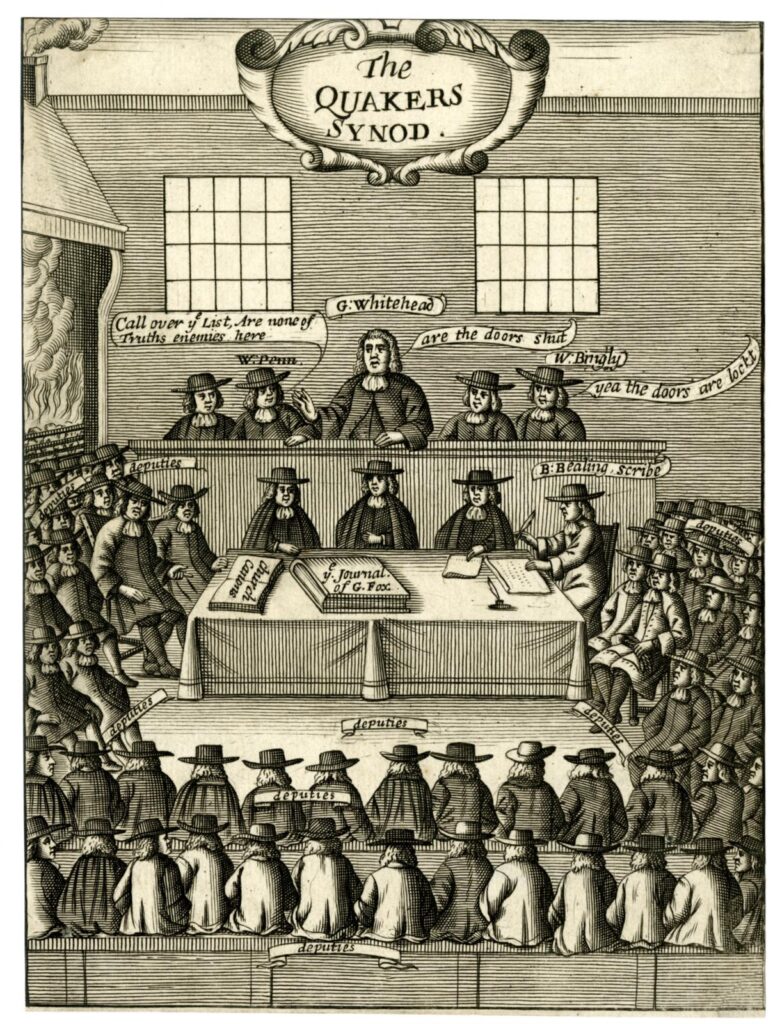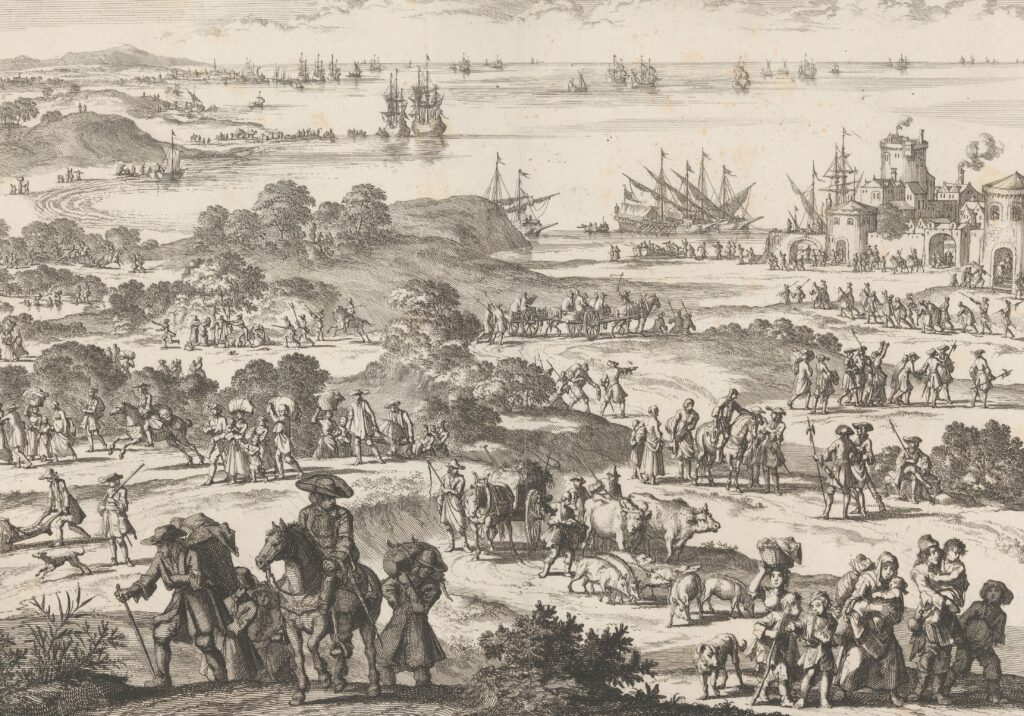Read the stories of four that either survived or succumbed to the flames, and how they reemerged from the ruins.

On the night of 29 May 1715, a Quaker grocer, Joshua Gee, was the victim of a mob of a hundred men in Cheapside. As a Quaker, Joshua was suspected of having sympathies with the Whig political party. The men, fuelled by drink, armed with sticks and looking for targets, set upon him, knocking his hat off, a deliberate act of disrespect, and striking him in the face. The City constables failed to disperse the rioters when they reached Foster Lane and bonfires were lit as a political protest against the new king, George I of Hanover. They went through the streets shouting, ‘No Hanoverian, no Presbyterian, High Church forever, a second Restoration, No King George but James III’.
The ringleaders were found guilty at the Old Bailey, but were released unpunished, a sign of the political sympathies of the justice system. This was at a time of heightened political tensions because of the Jacobite rebellion which sought to replace George I with a Stuart monarch.

Satirical print depicting an assembly of Quakers deputies, which originally appeared on a broadside by Francis Bugg criticising Quakers: ‘Some Reasons Humbly Proposed to the Lords Spiritual and Temporal Assembled in Parliament, why the Quakers Principles and Practices should be Examined, and Censured or Suppressed’, 21 May 1689.

Since many of the immigrants moving to England were skilled artisans, tensions particularly arose with the London guilds and livery companies that protected particular areas of trade for their own members. In spite of the new skills and techniques and the improved quality and range of products that migrants brought and which helped the economy, the threat of competition nevertheless led to widespread discrimination against them. Many guilds tried to impose regulations and even lobbied the government to bring in laws against non-native workers.

Huguenots (French Protestants) were Britain’s first refugees, escaping religious persecution and death in their homeland. More than 50,000 sought sanctuary in Britain with many ending up in London, and particularly in the Spitalfields area. They brought with them new skills and innovation across many trades and professions, including silk-weaving for which they became renowned. Read more about the story of Britain’s First Refugees.
From the Restoration of Charles II in 1660 to the middle of the eighteenth century a long debate ran over whether ‘aliens’, as people from other counties were known, ought to be encouraged to come to settle in England and allowed to become full citizens or ‘naturalised’. There were strong views for and against, and it was debated about many times in Parliament. It was not until 1709 that an Act to grant naturalisation of aliens was agreed – although revoked just three years later!
Find out more about The City of London and the Controversy over Immigration, 1660–1722.
Read the stories of four that either survived or succumbed to the flames, and how they reemerged from the ruins.
Keep up to date with the latest news ...